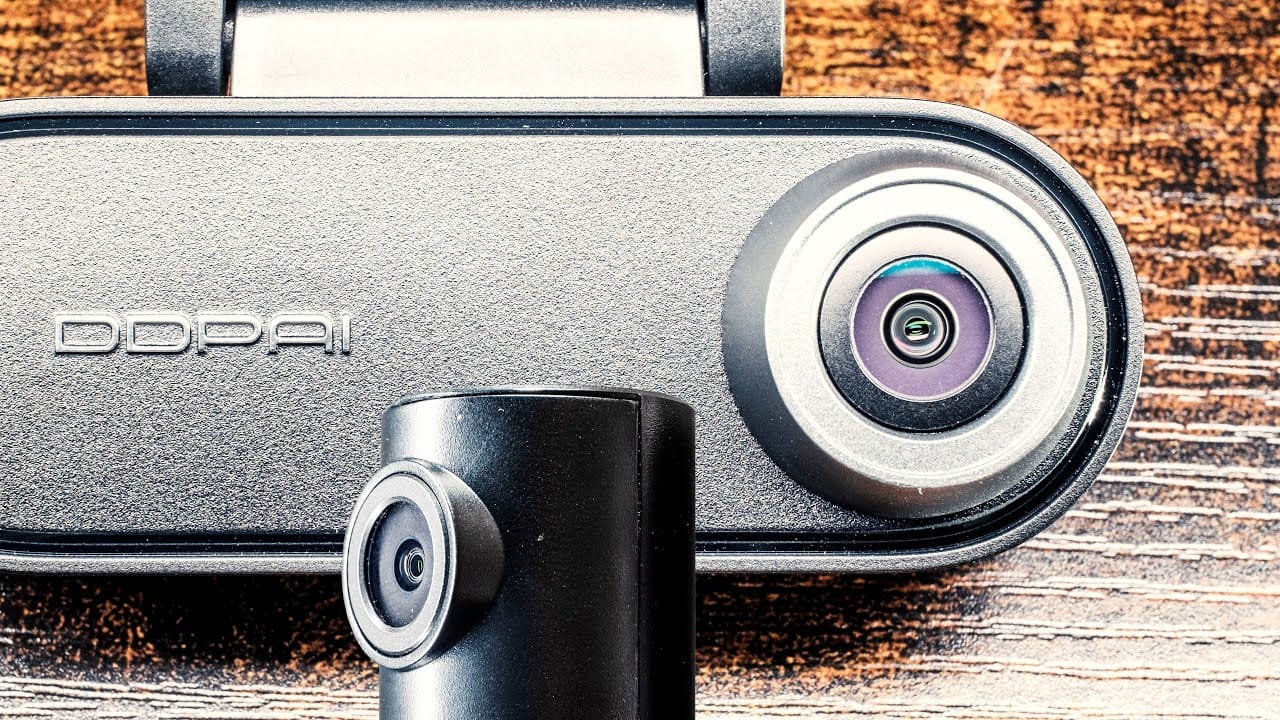When preparing a shoot I think about how much hours of footage we will be shooting and how much storage we need. Most of the time I’m guessing the right amount. I don’t like to backup files during the shoot because it steals time so I take enough cards / storage with me. Transferring the files usually happens back at our office. Many clients don’t ask that much about gear and technical stuff, most of them only want to make sure we deliver the final product in full HD that means we have the freedom of choosing the right camera for the job.
Written by Moritz Janisch
We shoot 80 percent of our commercial work with DSLRs so the files aren’t that big and it doesn’t take that much time to transfer them to the PC. Now we rename the clips so the name makes sense and they are easy to find. It’s important to use abbreviations in the files name so it doesn’t get too long. That process isn’t fun but really important because you won’t find the file you are looking for when it’s called “MVI_3927.mov”.
Use a simple name like “T.Jackson_Interview_CAM-B_03.mov” and not “Terence-Jackson_Interview_Camera-B_Take-Nr-03”. Always think like somebody else has to work with the files and understand what kind of video it is before watching it. This is the best way to organize and archive files in general not only video clips. After we done that it’s time for backing up all those files.
For backup we are using an external network attached storage (NAS) that automatically duplicates all the files to another hard drive. That means we have the same files on three different HDDs. The great thing about NASs is that you can replace hard drives easily when they are full.
The downside is that it takes some time to transfer because regular HDDs aren’t that fast. Today it’s not affordable to archive footage on SSDs but I think that this will change in the next five years when they are getting more affordable to everybody. Currently we only use SSDs for installing software and for placing the Media Cache in Premiere Pro and After Effects on to it because the workflow is much faster.
Depending on the project we copy all the files again to another external hard drive which we place at another location just to make sure everything is save. Due to the slow internet connection we haven’t archived anything online. Think about uploading Terabytes of footage to a cloud service: Crazy! – and also way too expensive at this point of time. But I’m sure that this will also change within the next few years…
When it comes to editing they are two ways to go:
1.) You have the newest and best editing machine
2.) You don’t have the latest hardware in your computer
If you are 1.) you don’t need to read this but if you are 2.) there is a simple and effective way for a smooth edit that I am going to explain. Most of you are shooting in HD just because it’s the standard and I don’t think there are any SD cameras anymore to buy. The problem comes when you want to edit all the files in your software. They won’t play back in real time or the editing software just freezes. If this happens to you I recommend watching the video tutorial below. It shows how to work with proxies and that you don’t need the best computer to edit smoothly.
Creating proxies, smaller files in terms of resolution and bitrate, will also be a standard procedure in the future. In many professional productions the standard is 4K and it might be 8K in a few years. I can’t edit a 5K film in real time just because my monitor is too small and the playback wouldn’t be in real time. But if I create 1080p proxies this wouldn’t be a problem anymore and I could just replace the HD files with the 5K ones before exporting the master.
Excluding timelapse videos we haven’t worked with 4K files yet but it will happen soon and this is something you should be thinking about because time doesn’t stand still and thinks are moving pretty fast today, just think about the Canon 1D-C (a DSLR capable of shooting 4K video) or the just announced Blackmagic Production Camera 4K (only $4000). I haven’t seen that coming two years ago and who knows what will happen in the next two years.
Let me know if you can edit smoothly without interruptions and what your post workflow looks like!


